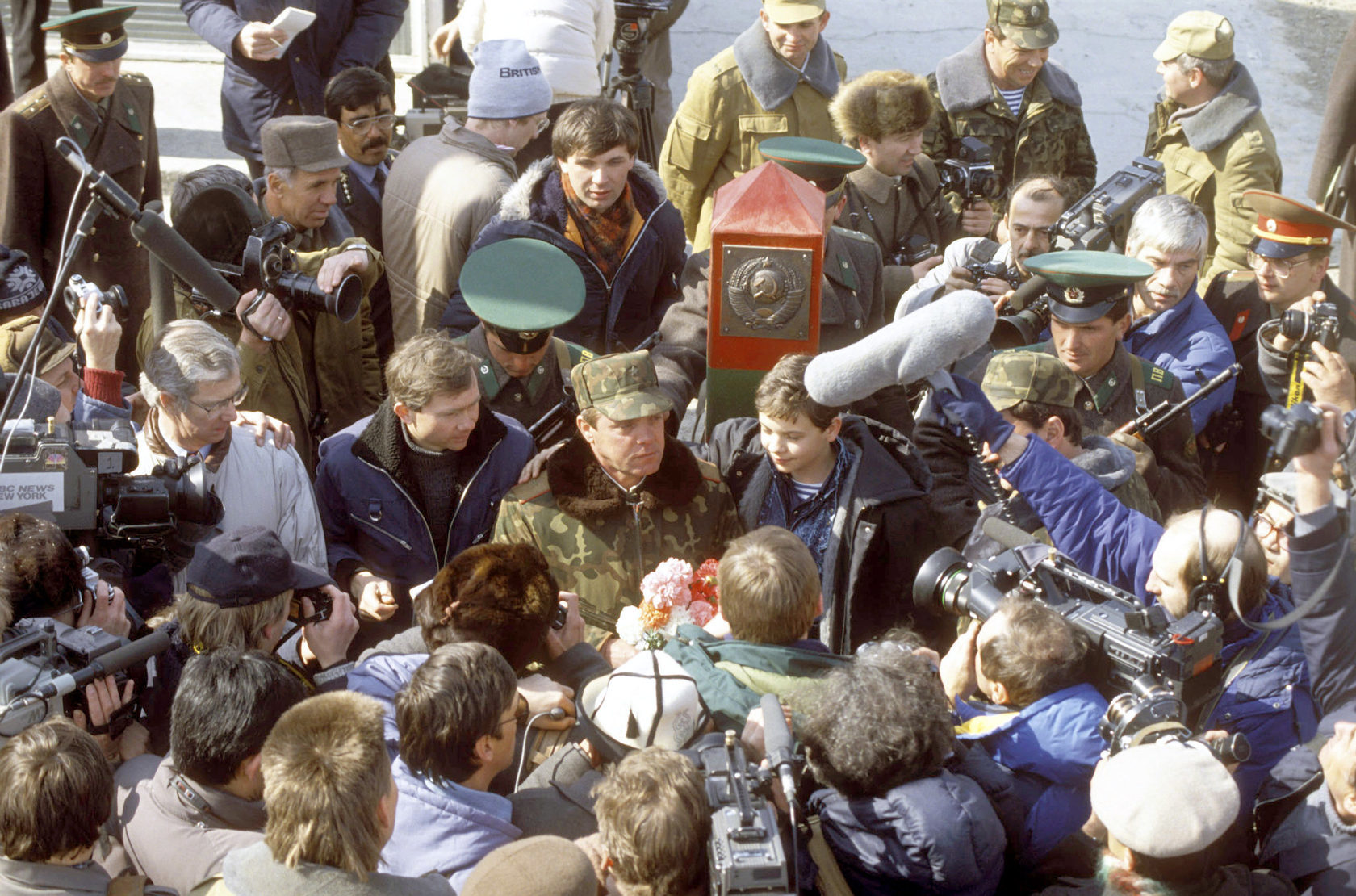
Even though the US war in Afghanistan will mark its 17th year in 2018, it was the Soviet military campaign that has become a source of various misconceptions and fallacies promulgated by numerous "military experts" in the West.
To debunk some of the most widespread myths about the conflict, Sputnik sat down with General Boris Gromov, the last commander of the Soviet military contingent in Afghanistan (the 40th Army).
Myth I: "Soviet-Afghan War"
"The very first misconception about the conflict lies in its name," the General says.
"The name of the so-called 'Soviet-Afghan' War implies that the conflict had a two-sided character, i.e. that it was a confrontation between the USSR and Afghanistan, which is factually incorrect."
The Commander states that this narrative was created and popularized in the West during the Cold War to give legitimacy to the mujahedeen, whom the US and its allies supported.
"The Soviet military was lawfully present in Afghanistan, as it was officially invited by the ruling Afghan government in 1979," the General notes, drawing parallels with the deployment of Russian troops in Syria in September 2015.
"The Afghan conflict was actually an internal confrontation between the pro-Moscow government headed by the People's Democratic Party of Afghanistan (PDPA) and the mujahedeen or dushmans, bands of various Islamist and anti-PDPA rebels."
The General cautions that although it is important to understand the "international element," including the Soviet involvement, one must not simplify the highly complex and dynamic nature of the conflict into a "black-and-white" clash between the Afghans and the Soviets.
Even the notion of "war" might not be technically appropriate to describe the Afghan conflict, owing to the low-intensity nature of warfare, according to Gromov.
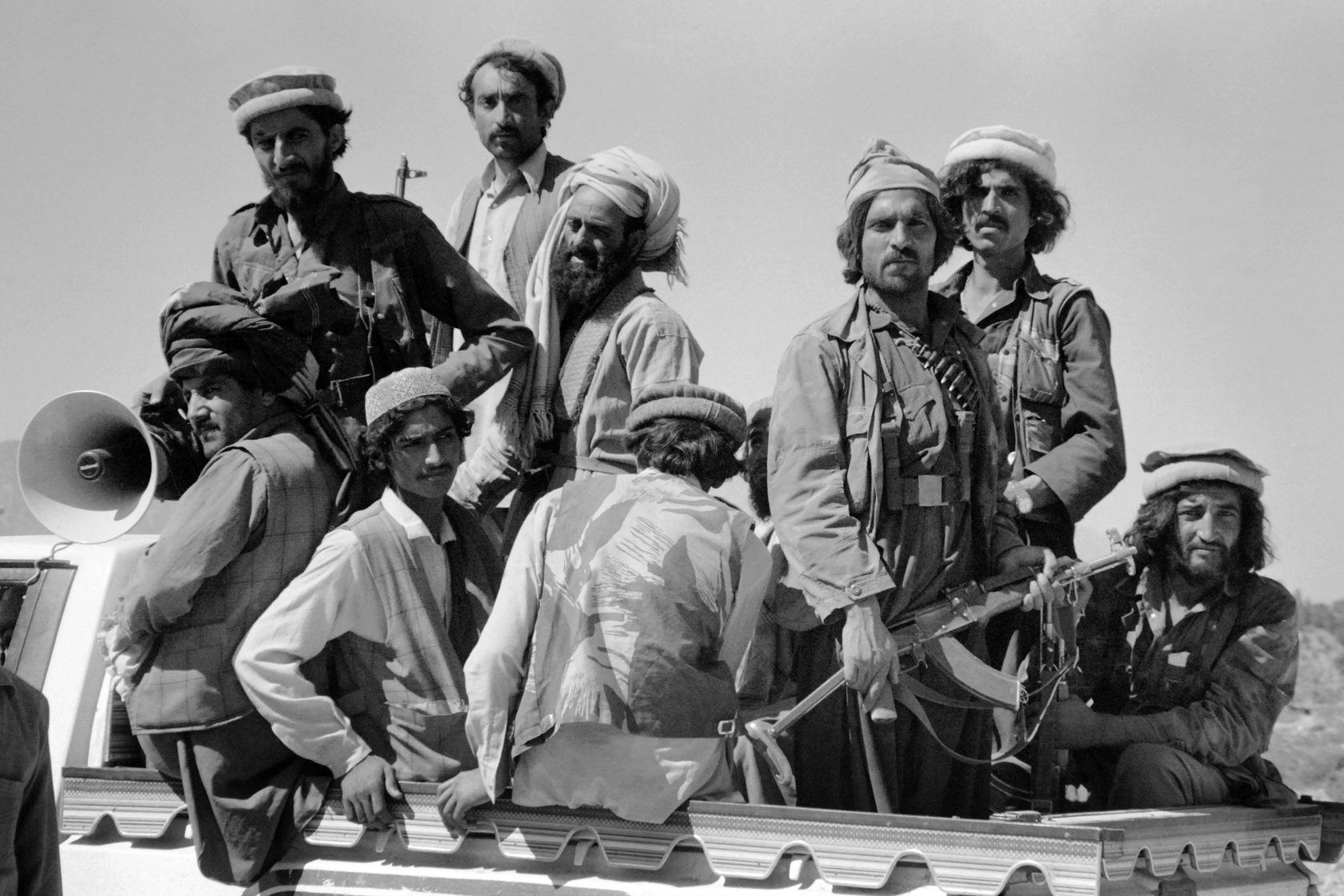
Perhaps the most popular myth about the Soviet involvement in the DRA is that it culminated in the defeat of the USSR, solidifying Afghanistan's status as the "graveyard of empires."
"This is a highly inaccurate depiction of events," the General stresses.
"First, it is important to highlight that as a commander of the Soviet military in the DRA, I never received orders to achieve victory over someone in Afghanistan."
"At its peak number, the 40th Army had merely 108,800 men, a number that clearly indicates that no one pursued a classic military victory in Afghanistan."
[Editor's note: during the Vietnam War, the US deployed a force that was five times larger than the 40th Army over the territory of the country, which was roughly five times smaller than the territory of the DRA].
Gromov underlines that the 40th Army's mission in the DRA was to "ensure favorable conditions for the continuous operation and development of the legitimate PDPA government."
"Those who consider the outcome of the campaign through a 'victory-defeat' paradigm, fail to understand the sophisticated character of the counter-insurgency operations."
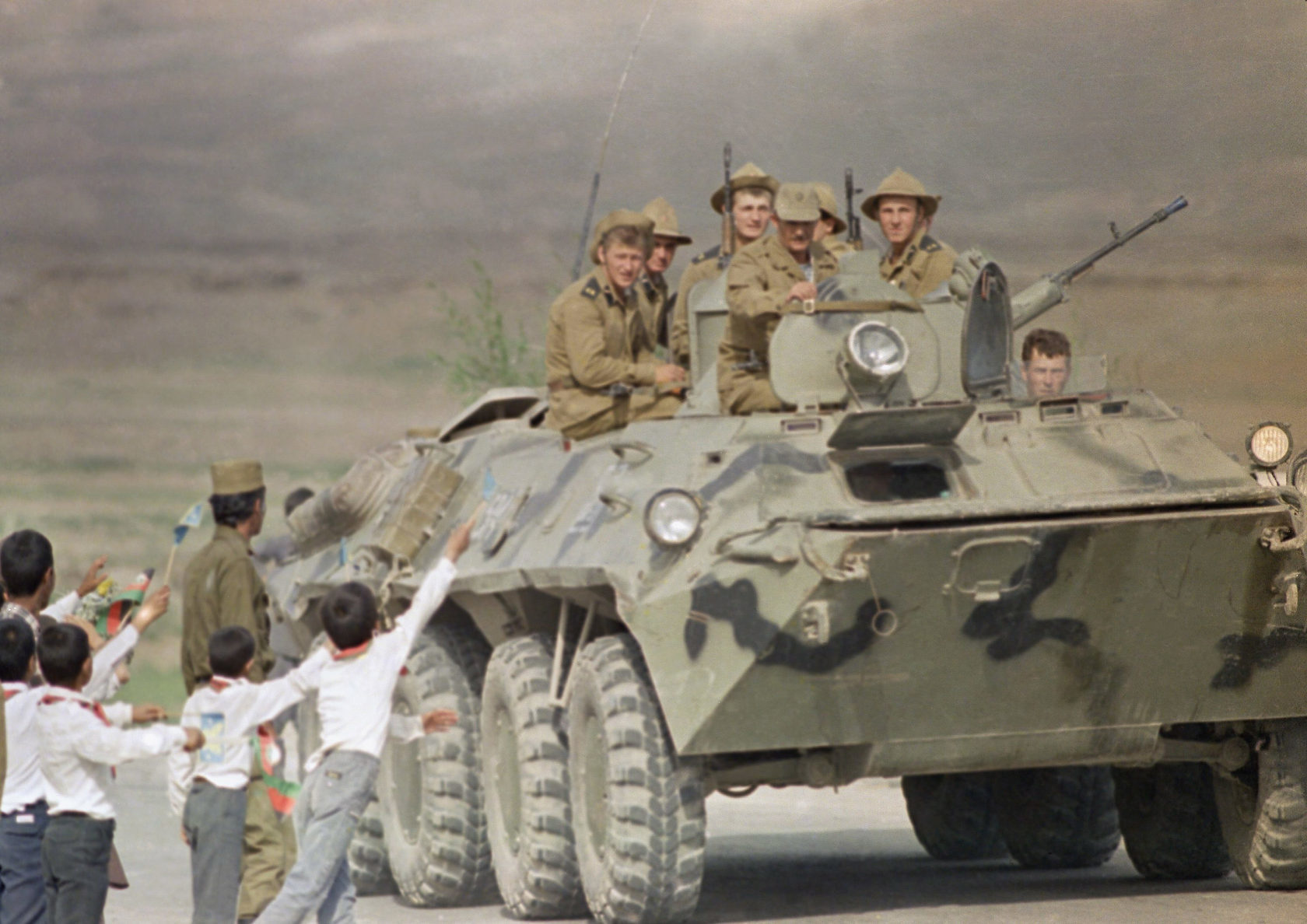
Gromov points to the fact that the Soviet troops controlled most of the Afghan territory throughout their deployment without a single guard post falling into the insurgents' hands.
At the same time, the pro-Moscow government of Mohammad Najibullah was "gaining momentum," establishing an effective military and security apparatus and enjoying growing political popularity after certain reforms that appealed to the traditionalists within Afghan society."
"By the time of our withdrawal, the local government was capable of autonomous operation, provided that it would continue to receive financial and economic support from the USSR," says Gromov, who was responsible for withdrawing the Soviet troops from the DRA.
When asked why Najibullah's government eventually collapsed, Gromov points to the disintegration of the Soviet Union and to the new direction of Russian foreign policy under the Yeltsin Administration, which cut vital aide to Najibullah in its entirety in early 1992.
This line of thought was also expressed in the declassified CIA estimates, which confirm that the pro-Moscow government would have survived as long as the USSR had continued to provide economic assistance.
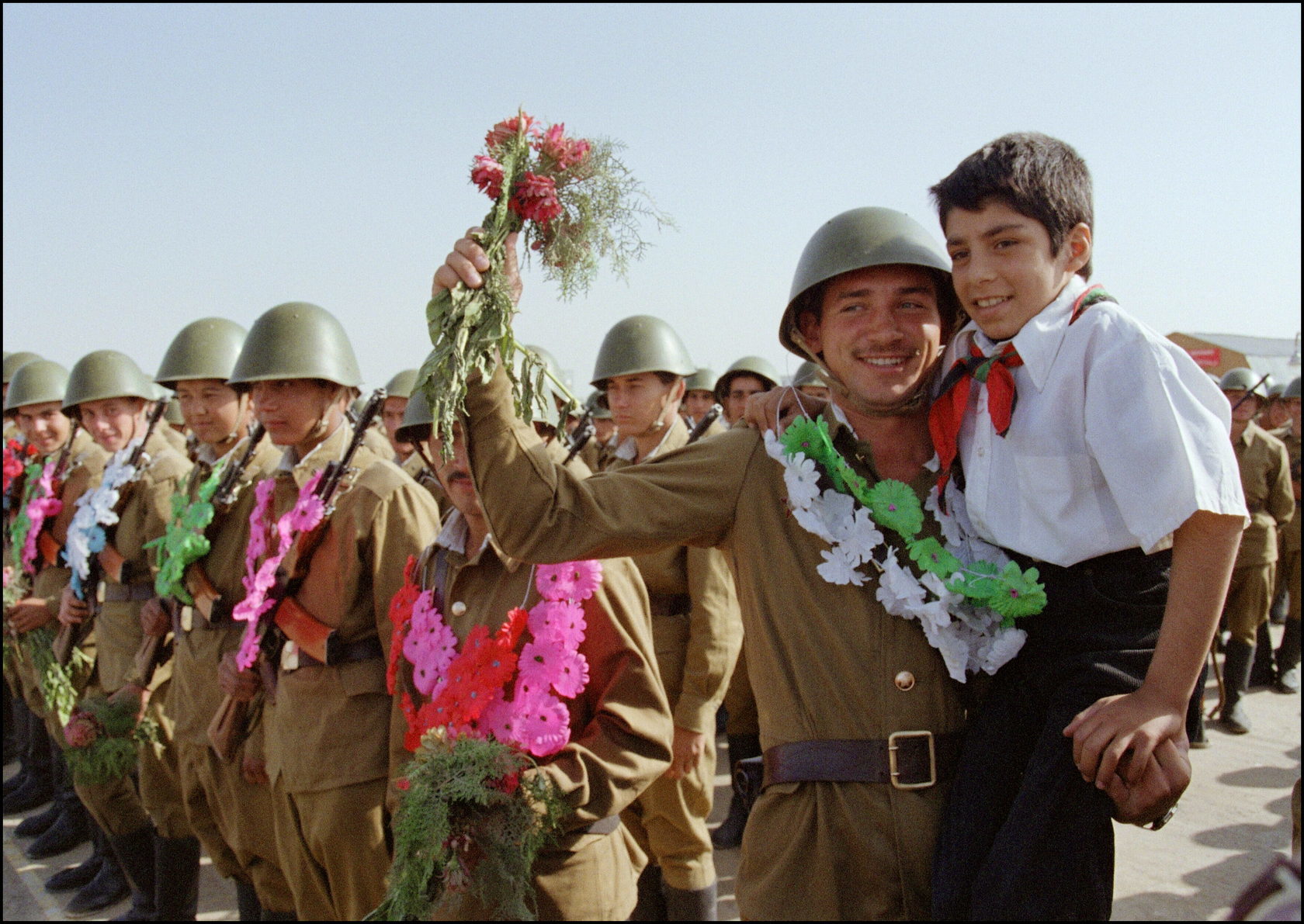
The Commander also debunked another myth about the Soviet campaign in Afghanistan that was particularly widespread during the Cold War, which claimed that the Soviet soldiers and officers conducted the operation with "unrestrained brutality" against the Afghan population.
This narrative of "brutal Soviet soldiers" was spun by those who supported the mujahedeen, and sought to increase their funding and political legitimacy.
"The truth of the matter is that the Soviet Union carried out numerous civic, economic and political campaigns that aimed to benefit the local Afghan population," Gromov notes.
"For instance, in 1982 alone, the 40th Army conducted 127 civic actions: repairing houses, building roads, distributing food and medicine to the locals, as well as staging cultural events."
"And that was only the Army! In fact, there were also numerous civil specialists deployed in the DRA ranging from economic advisors to medical professionals to Komsomol youth activists."
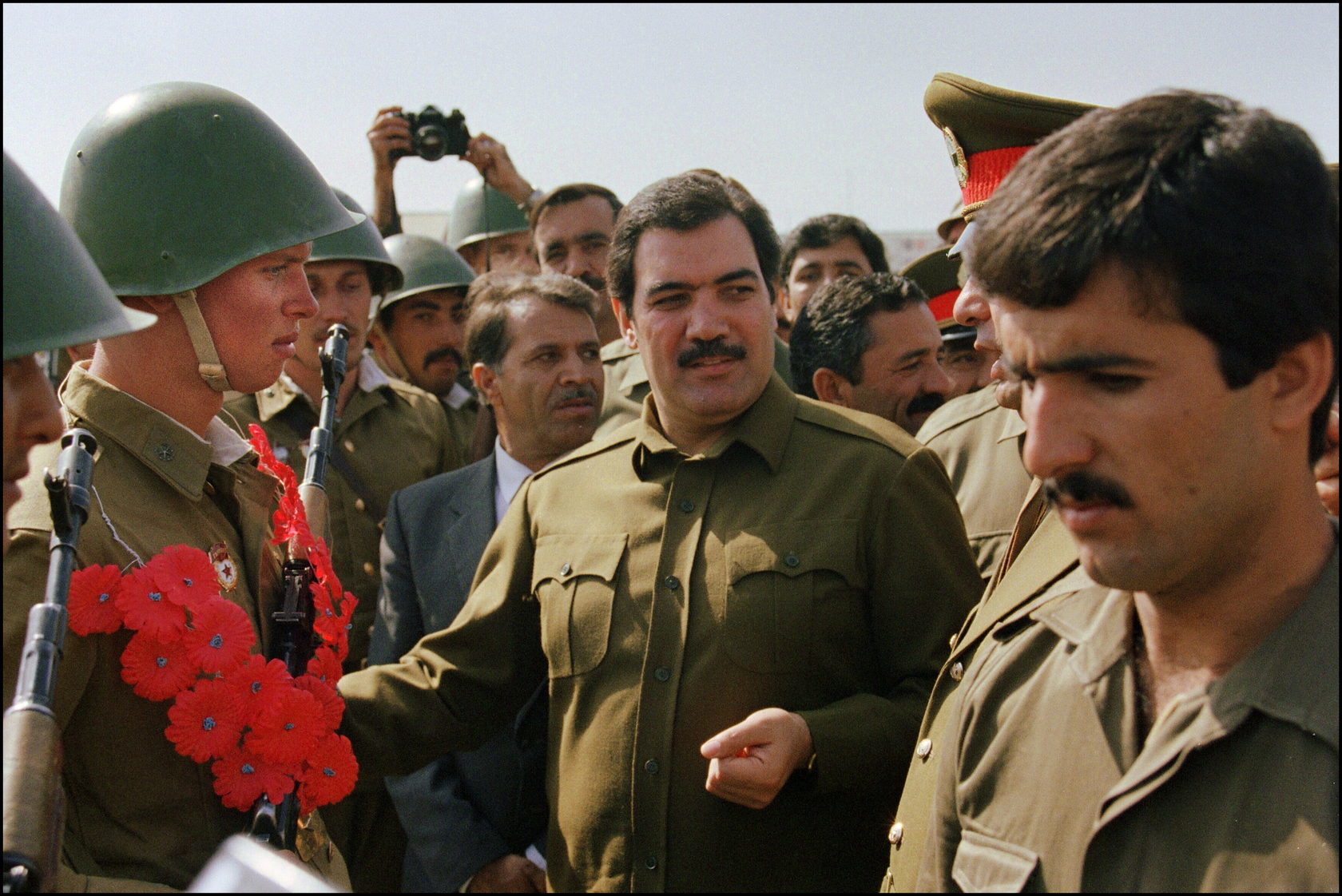
"Any military officer, who was ever deployed as part of the counter-insurgency operation, understands that good relationships with the local population are vital for the success of socio-political activity and for the low casualty numbers, which is the top priority," says Gromov, who received the Hero of the Soviet Union decoration for his service in Afghanistan.
"We even managed to establish decent relations with some of our opponents, such as late Ahmad Shah Massoud, to ensure a safe withdrawal of our troops."
Although there was misconduct on the part of some Soviet troops, any misdemeanor was vigorously punished by the military police and political officers.
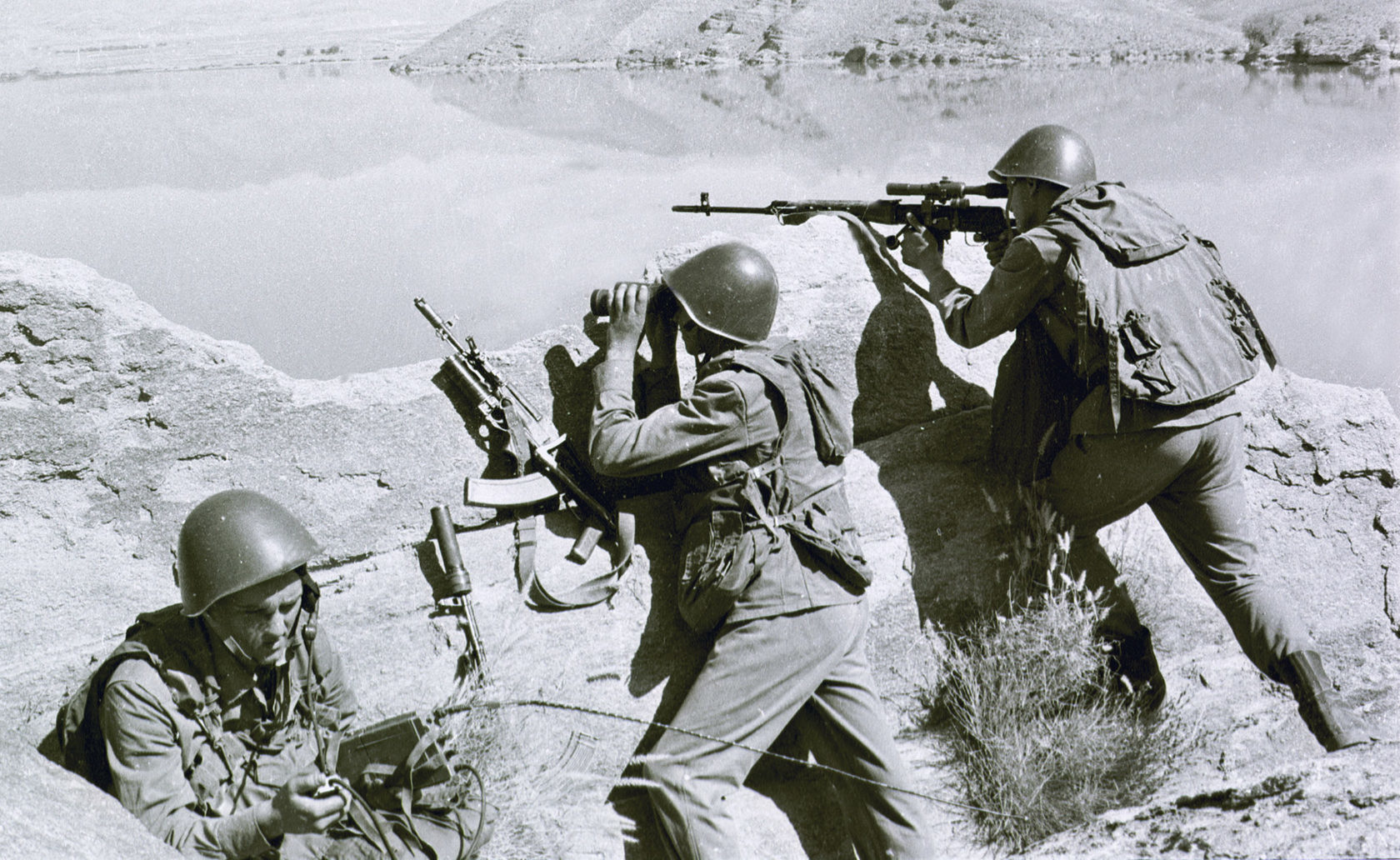
The General commented on the on-going US efforts to quell the raging insurgency in Afghanistan, addressing the myth that the Americans fare better than the Soviet Union, and pointed out some "significant differences between [our] operation and the one that is being conducted by the United States."
"At the very basic level, we actually kept our word and left Afghanistan, as we had promised, while the US continues to be present in the country even after the declared 'withdrawal' in 2014," Gromov says.
Since the supposed end of Operation Enduring Freedom in late 2014, the US has almost doubled the size of its military presence in Afghanistan, bringing the total number of servicemen to about 14,000, with more troops likely on their way.
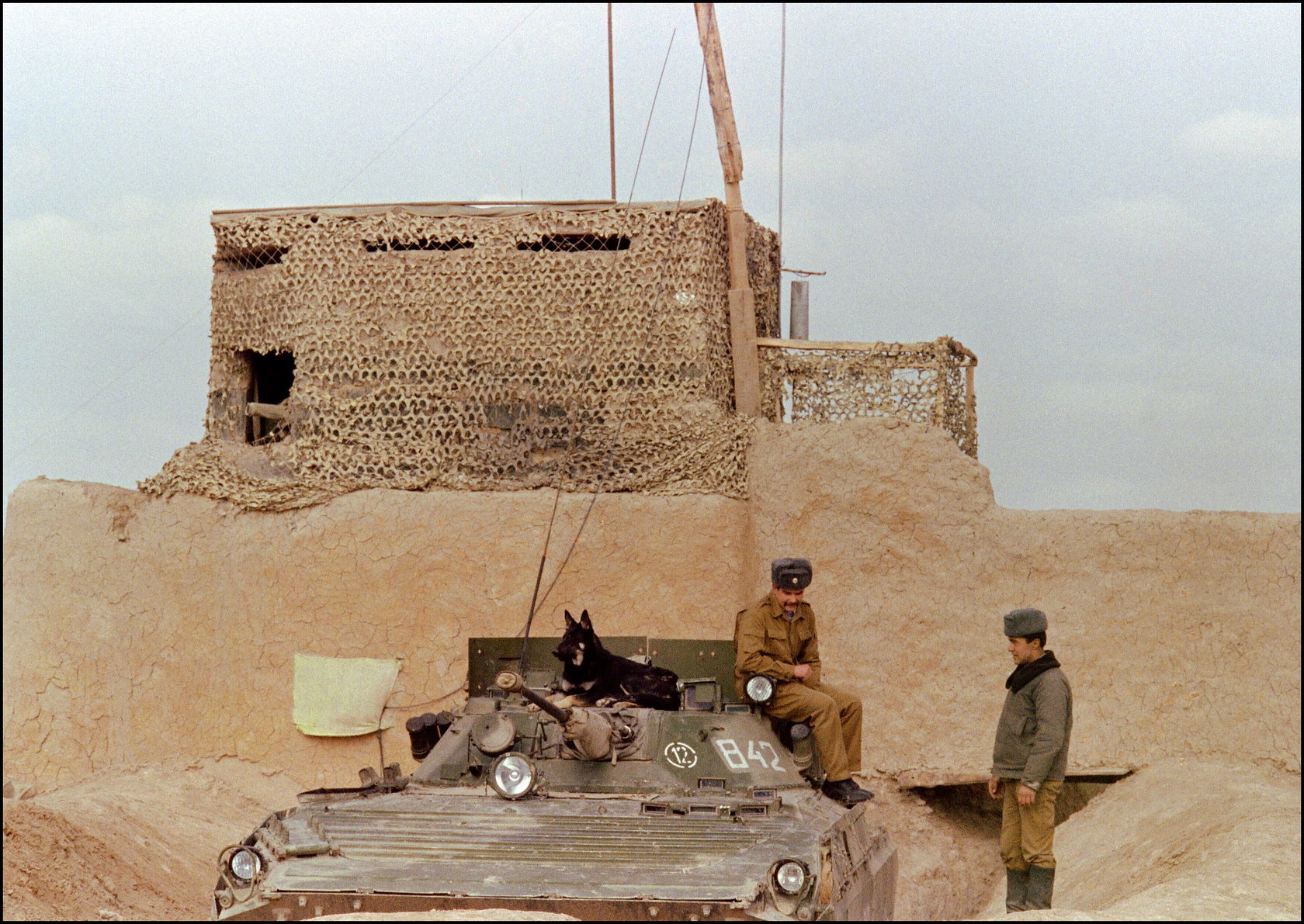
"During its deployment in the DRA, the 40th Army controlled most of the territory in Afghanistan, forcing the mujahedeen to operate clandestinely, as they had no real foothold in the country," he states.
This heavily contrasts with the latest BBC report, which found that the Taliban currently is either in full control of or freely operates in about 70% of Afghanistan.
"Unlike the Americans, who tend to seclude themselves within their bases, the Soviet soldiers were deployed throughout the country in both large cities as well as in small villages and settlements," the Commander notes.
"This allowed us to control the territory more effectively and to build a rapport with the population."
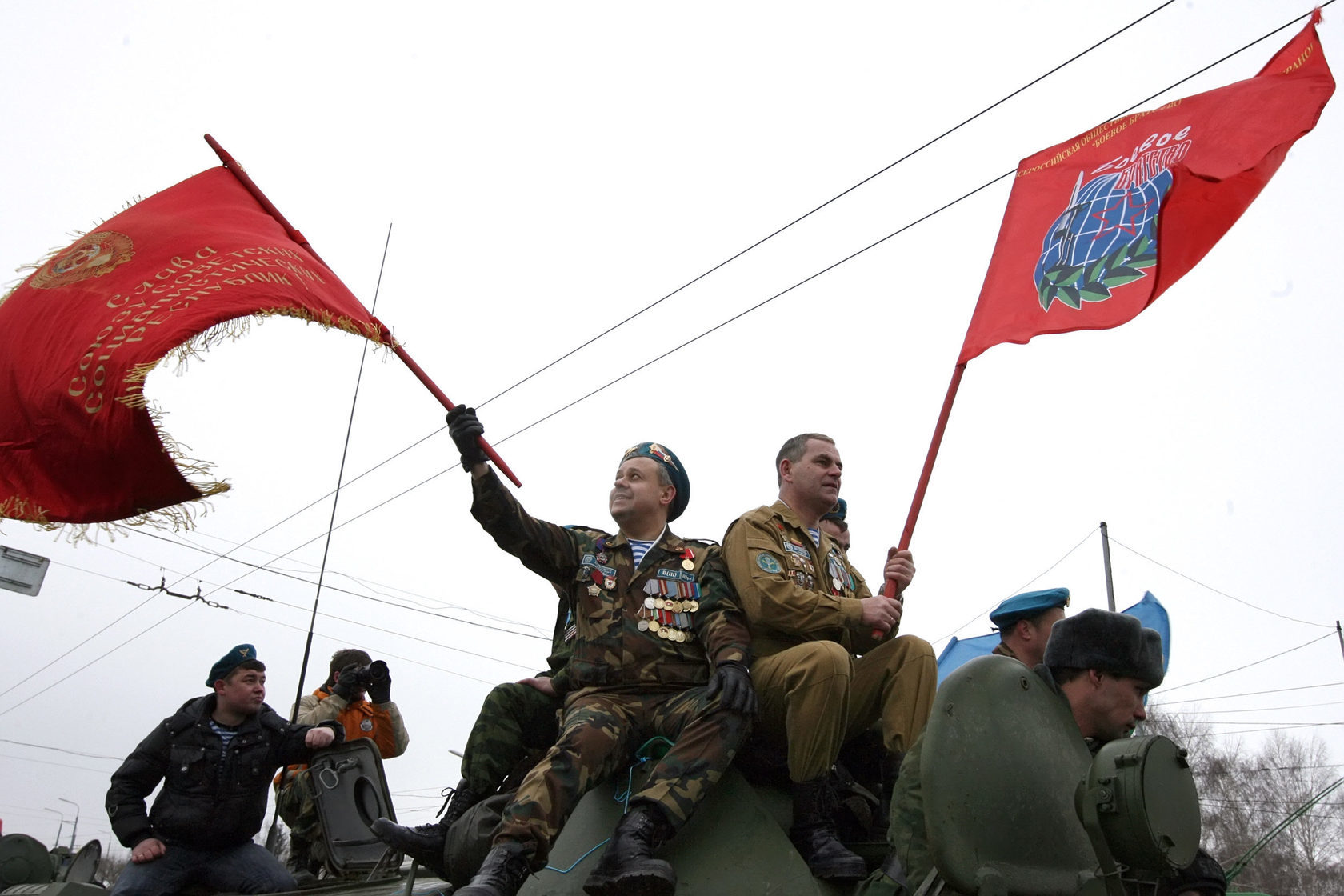
"In reality, the 40th Army achieved significant progress in Afghanistan, fulfilling its objectives, which would have lasted, had it been not for the larger geopolitical changes, specifically the collapse of the USSR."
"I am proud to have led these brave men in overcoming numerous obstacles that they have faced on the Afghan soil and I am grateful for their sacrifices," Gromov concluded.
General Boris Gromov spent over five years in Afghanistan, receiving the title of Hero of the Soviet Union, the USSR's highest distinction, for his service in the DRA; he would later become the Governor of the Moscow Region and would lead one of largest veteran organizations in Russia.



Reader Comments
I get a little upset with the 'War of Terror' jargon that get banded around. I have bought this up on dozens of occasions with friend and forum communities online, BUT, there is no such thing as the War ON Terror. The war on terror was concocted by the Deep State and NeoCons aka ZioMafia/ZioBanks/ZioMedia, as the 'excuse' that would be used to justify military invasion of sovereign nations. It is the 'go to' mantra used to support Nato/U.$. military action against anyone who won't 'bend the knee' to Washington, London and Tel-Aviv. There is mountains of evidence to support direct (and in many cases OVERT) support and sponsorship of terrorism by Washington, London and Tel-Aviv. In fact there is so much evidence it CAN'T be disputete.
There even used to be a George (Dubya) Bush video [approx 2002] where he said 'War OF Terror' several times before being corrected by someone off camera (he said 'Oh sorry, [chuckle] war ON terror' after he said War OF Terror [obviously the private briefings said War OF Terror as part of the inside joke] repeatedly whist addressing a 'talking heads' staged crowd support event.) (That video is no longer on youtube (well I can't find it), which is why I compulsively download all videos of geopolitical/deepstate significance. The Dubya 'War OF Terror' viedos was one of the videos that I search for days for without being able to find after I'd watched it. Youtube deleted it and deleted the account [can't remember, didn't pay attention at the time] which I can't locate either. I have thousands of deepstate videos now that I will upload to a suitable video sharing website as soon as a reputable independent website becomes available.)
It is the War OF Terror. Please call it what it is. A War OF Terror. Washington is waging a War OF Terror against sovereign nations. Washington has moved from 'proxy wars' to Wars OF Terror in order to achieve its objectives.
Please refer to it in its correct format. Correct your spelling. It is the War OF Terror. Repeat: War OF Terror. It doesn't matter what the news article says. Change that one letter from oN to OF. A War OF Terror is being waged against the sovereign nations of planet earth. Many people still do not understand that.
It's the War OF Terror. Please only use the correct name. War OF Terror.
Let’s remember here the raping of French women by some of the US military soon after disembarking on D day.